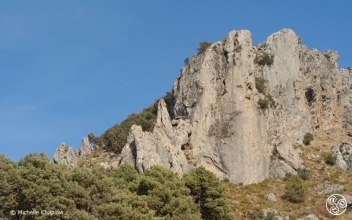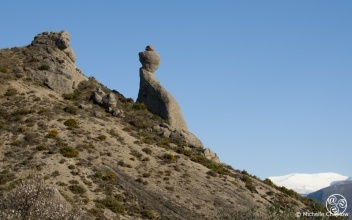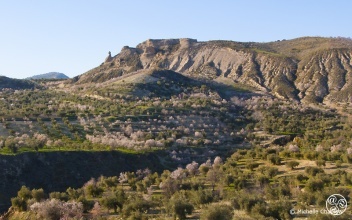The origins of Pulianas date back to the Roman period. Archaeological remains indicate it was
established as one of numerous agricultural villages near Granada. Historians believe the
municipality’s name may have two origins: Arabic and Roman. According to Seco de Lucena
(19th century Spanish writer, journalist, lawyer and politician), in Muslim times, it was named
Bulyana. This title was found in the Ihäta fi ajbär Garnäta by Ibn Al-Jatib (14th century
influential cultural figure, historian and politician), which cites it as qaryät bulyäna. The
opinion that the name is of Roman origin comes from the fact there is no direct Arabic meaning
for the word Bulyana. This led to the conclusion, as with many others in the toponymy of Al-
Andalus, that the name has an external, possibly Roman, origin.








